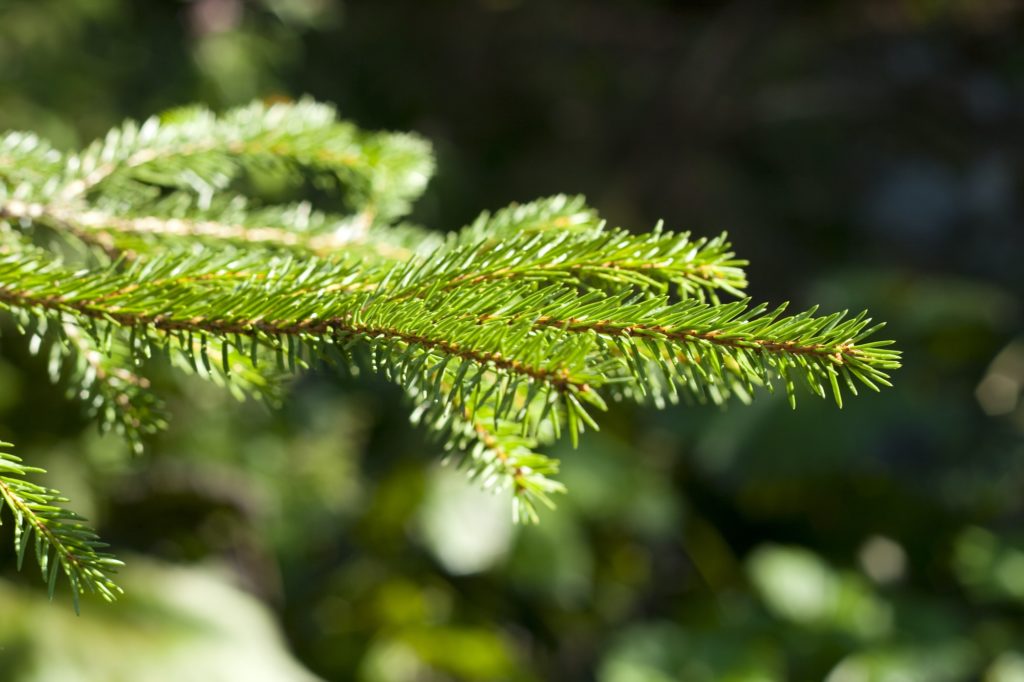
Terpenes Series, Part One: Pinene
This is part one of a series of guest blogs from Dr. Swathi Varanasi, Integrative Health Pharmacist and Medical Cannabis Consultant.
In addition to the most commonly discussed constituents of cannabis, cannabidiol (CBD) and tetrahydrocannabinol (THC), terpenes and terpenoids are among the other compounds influencing the psychological and physiological effects of the plant.
Terpenoids are derivatives of terpenes although these terms are used synonymously. Terpenes are classified as fragrant oils, specifically polyphenols, that exist in many plants and insects. For most people, the terpenes are the compounds that give the cannabis plant its recognizable scent. Of the over 300,000 types of terpenes that have been discovered, five of the most important in cannabis are pinene, limonene, linalool, myrcene and caryophyllene. The percentage of each of these terpenes present in various cannabis strains impact its therapeutic effects. In this terpenes blog series, I will delve into each one of these terpenes in greater detail.
In this edition, we will focus on one of the most abundant terpenes in nature, pinene, with its isomers, α- and β-pinene.
A few popular strains that are dominant in α- and β-pinene are ChemDawg, Jack Herer and Cold Creek Kush (pictured in the infographic below) demonstrating the overwhelming majority of 62% pinene in its overall terpene composition.
References
-
Lee GY, Lee C, Park GH, Jang JH. Amelioration of Scopolamine-Induced Learning and Memory Impairment by α-Pinene in C57BL/6 Mice. Evidence-Based Complementary and Alternative Medicine 2017;4926815:9.
-
Russo EB. Taming THC: potential cannabis synergy and phytocannabinoid‐terpenoid entourage effects. British Journal of Pharmacology 2011;163(7).



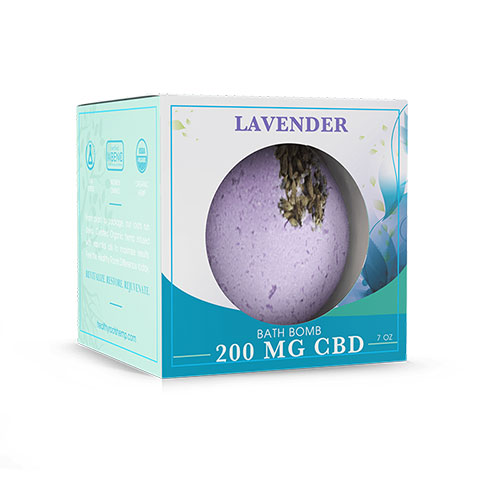


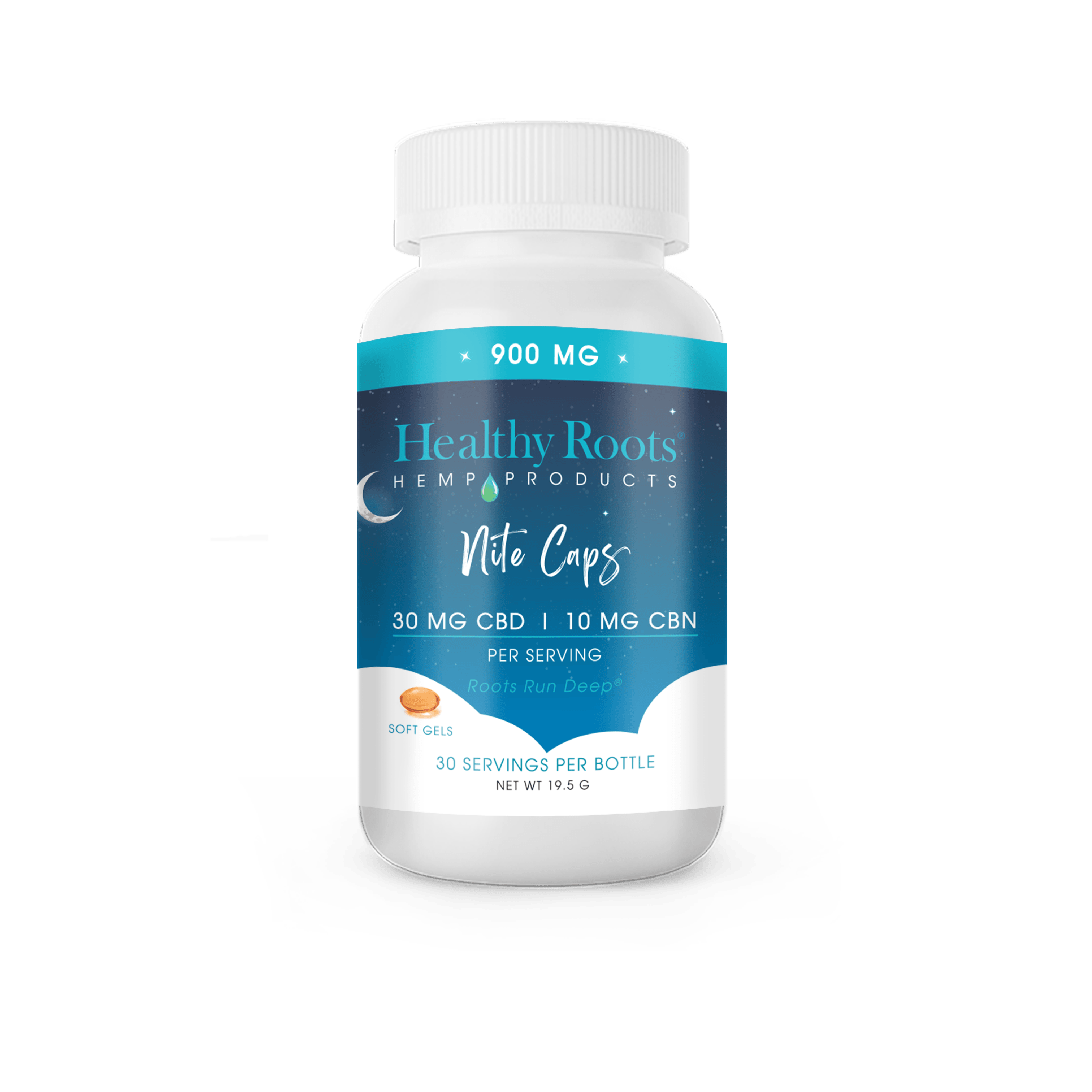

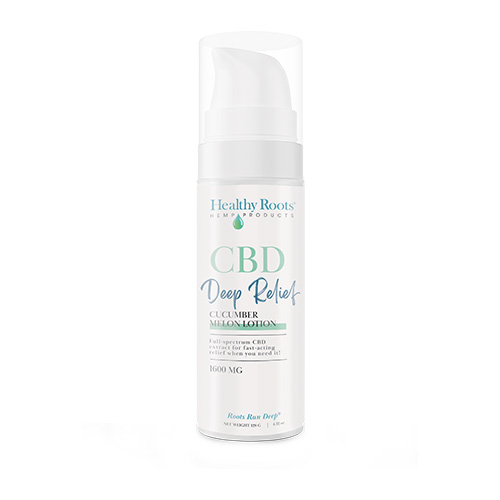



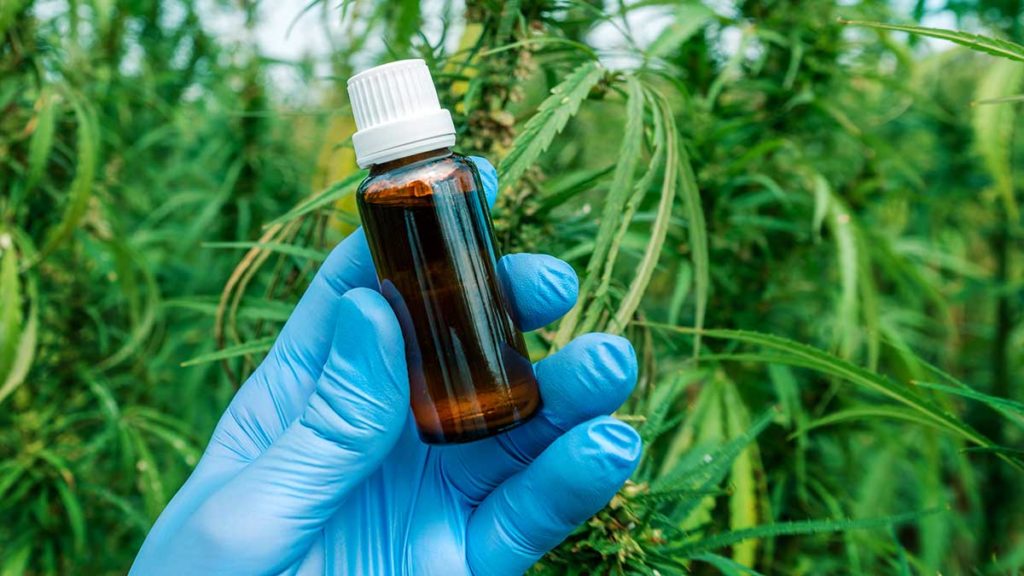
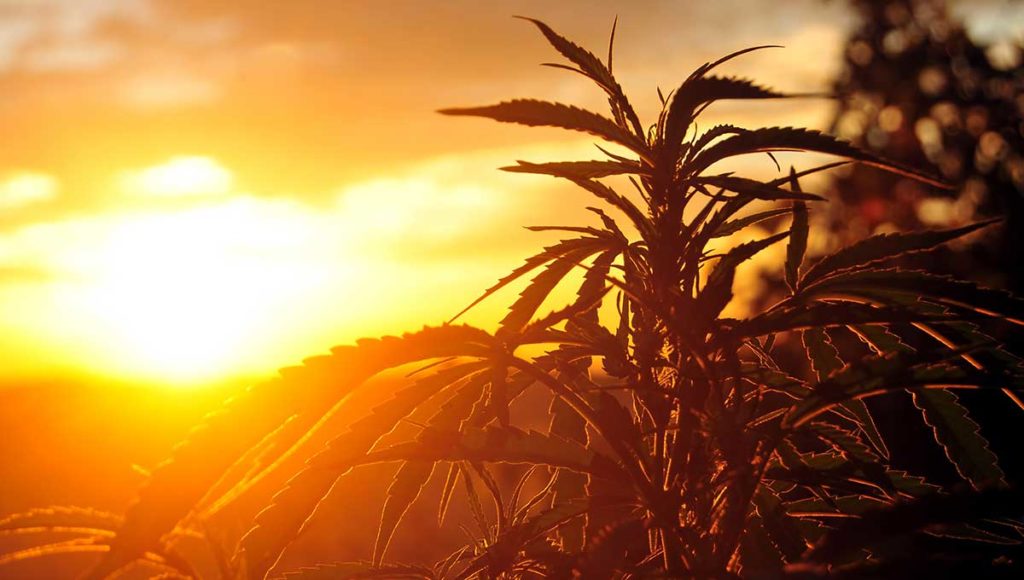


Pingback: Full Spectrum Hemp CBD & Terpenes PT. II - Healthy Roots Hemp